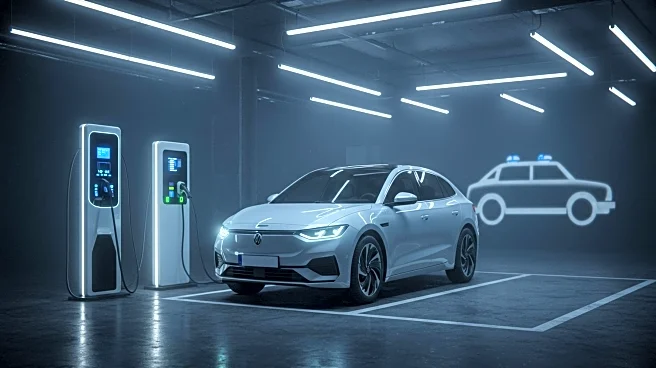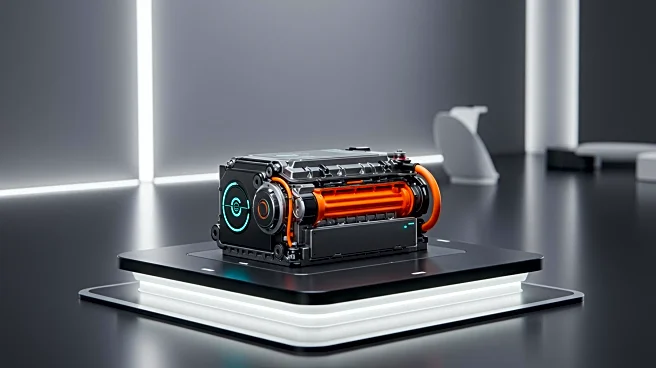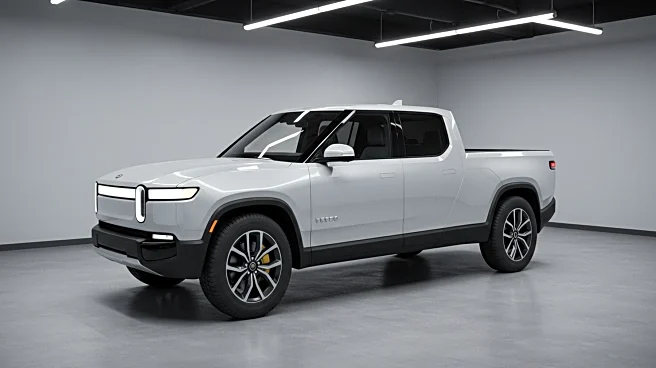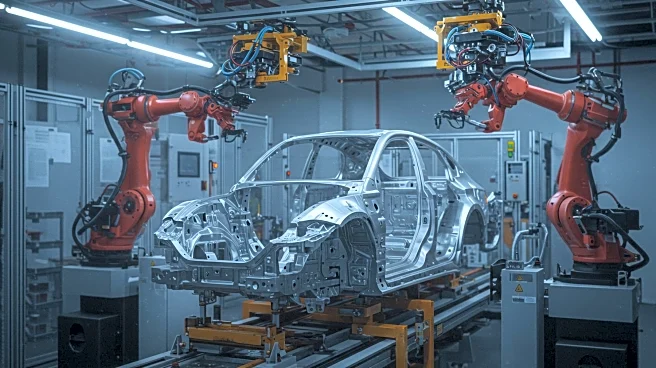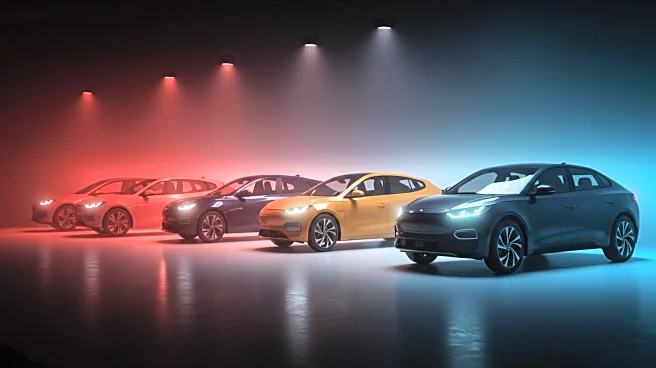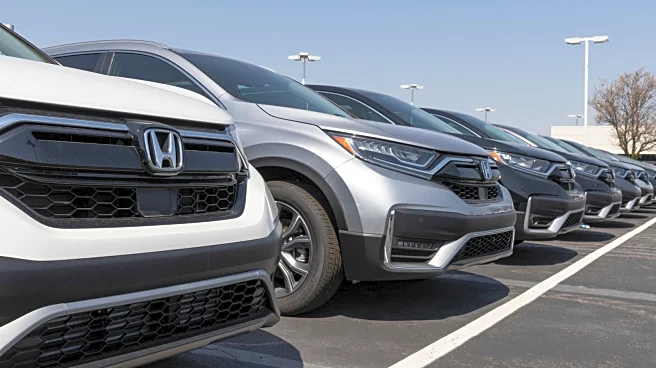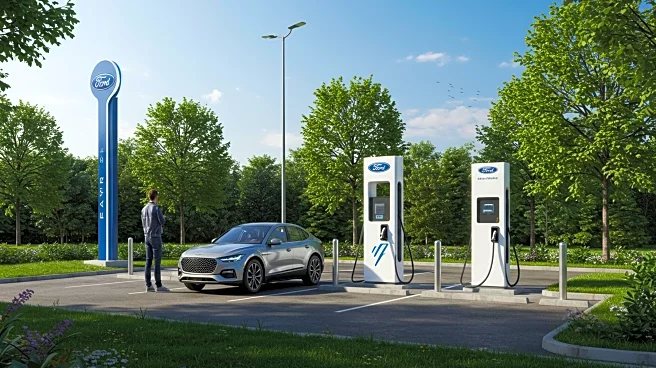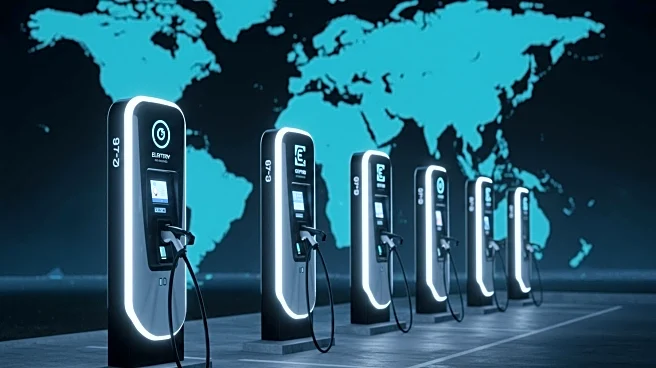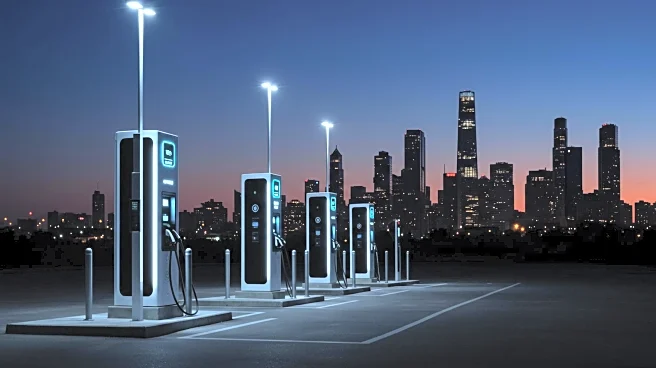
Even though North America is being left behind when it comes to EV sales, there's no doubt customer tastes have begun to shift on a global basis. But what's not being shifted are the vehicles themselves. With a few rare exceptions, EVs don't have multi-speed gearboxes, and that's because they just don't need them. To understand why, however, let's first look at what traditional transmissions do in cars with internal combustion engines.
It all starts with how fast those engines can spin and when those rpm
produce peak torque. Basically — very basically — gas engines have lower rpm limits and narrower torque bands than electric motors and have to use gears to make up for it. The lower rpm limits are a factor of physics, since the engine's part can only move so fast before causing wear and damage, and the engine's valves can't properly adjust the fuel-air mixture once they exceed a certain speed. That also affects engine torque, because if an engine is spinning too slowly, it won't be able to draw in enough fuel/air to make adequate amounts of power.
By their nature, electric motors can deliver full torque almost immediately, plus they can spin at up to 30,000 rpm. Let's do some small amount of math to show how all this works.
Read more: Call Me A Luddite, But These Modern Features Only Seem To Make Cars Worse
Engineering Explained Explained

We're going to take our lead — and our numbers — from Engineering Explained. First, keep in mind that it's not that EVs have no gears, it's that their transmissions use a single gear. The car from Engineering Explained, for instance, is from Formula E, home of some of the best racing on the planet, and has a gear ratio of 11.4:1. This means the motor has to spin 11.4 times for the wheels to turn once. With the motor having a redline of 20,000 rpm, and taking into account the tire circumference, the result is a top speed of about 225 kph (140 mph).
If a gas engine has the same gear ratio 11.4:1, its lower redline — say, 6,000 rpm — would only be good for a speed of 67.5 kph (42 mph). If you wanted to go 140 mph, and who wouldn't, the gear ratio would have to be 3.4:1 using the same formula. Yet if you wanted to putter around the neighborhood in your gas car at 20 kph (12 mph), the same ratio would mean your engine would be sputtering at a mere 530 rpm — not fast enough for normal operation. So that's two different gears for two ends of the speed spectrum, and more are used for optimum driving at other velocities. The electric motor, remember, makes peak torque even while running at low rpm, and with no worries about air or fuel, allowing you to use the same ratio at any speed.
Exceptions To The Rule

Of course, that doesn't mean EV motors can't be used with multi-speed transmissions. The original Tesla Roadster had a two-speed transmission when it debuted in 2008, and today, the Porsche Taycan Turbo trims — which, to be clear, are EVs without turbochargers — and the Audi e-tron GT, which rides on the same platform, have two-speed setups.
In the Taycan, the first has a ratio of about 15:1 and is meant for maximum acceleration. It more than delivers, too, as the Turbo S takes a mere 2.8 seconds to move from 0 to 62 mph. The second gear ratio of roughly 8:1 is for enhanced efficiency and is actually used for most driving. You have to put the Porsche into Sport or Sport Plus modes to enjoy first gear.
And for next-level thrills, track-day fans will love the Taycan Turbo GT that upgrades performance to lower its 0-60 time to 2.1 seconds (with the available Weissach Pack). The Audi variants aren't quite as quick, with the RS e-tron setting the pace with a mark of 2.4 seconds in the 0-60 sprint. True, that's a fairly pricey pair of cars, but people with more normal budgets can take heart. Toyota and Ford both have patents for EV transmissions that can make it feel as if you're shifting for yourself.
Want more like this? Join the Jalopnik newsletter to get the latest auto news sent straight to your inbox...
Read the original article on Jalopnik.
